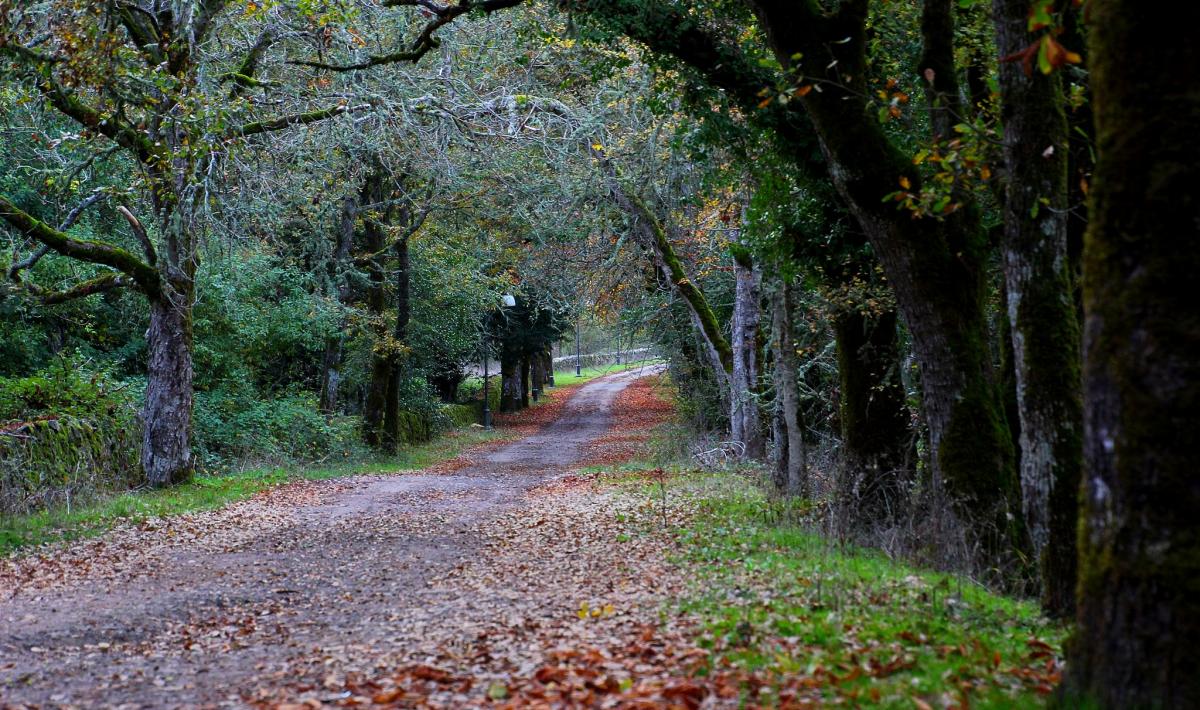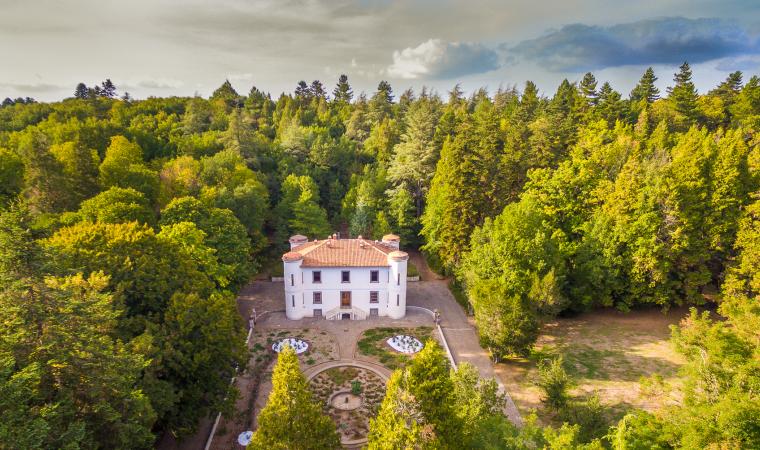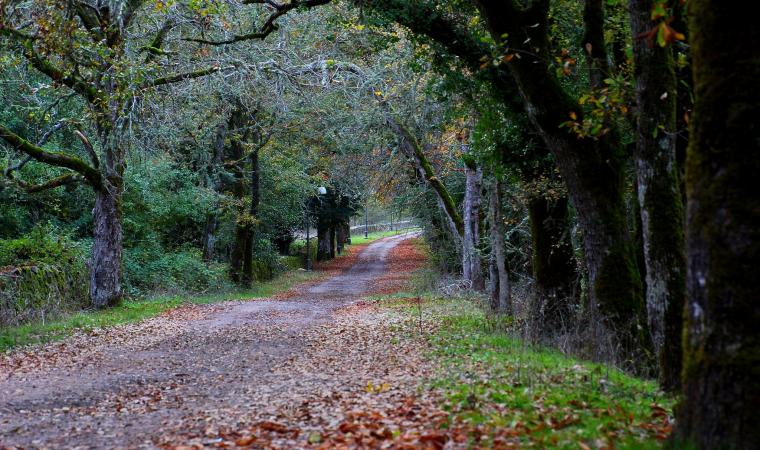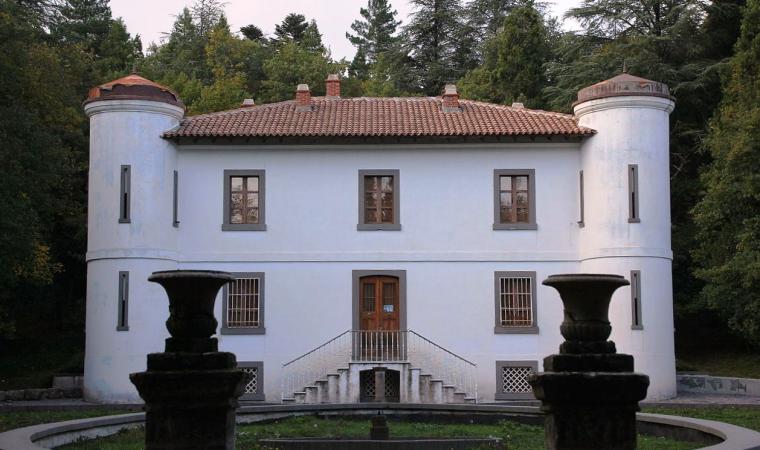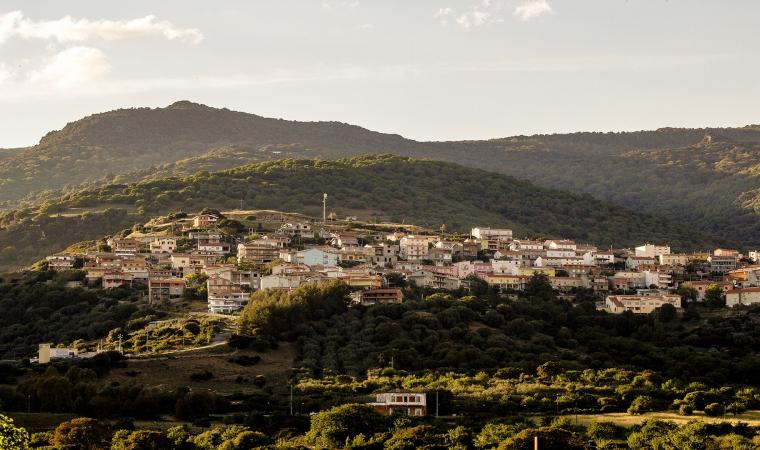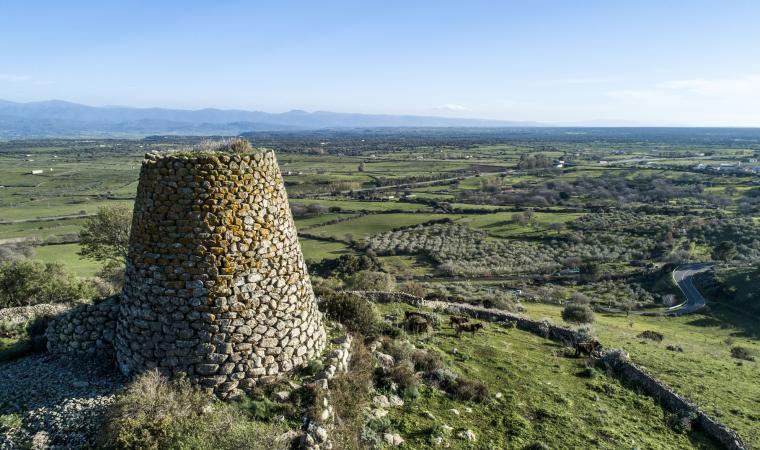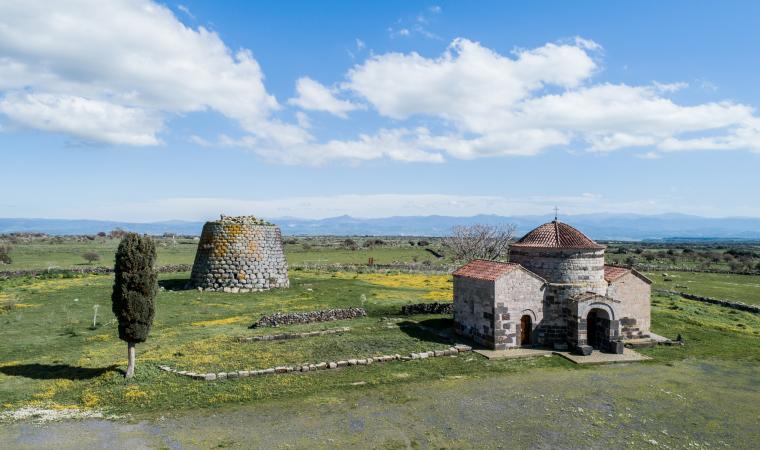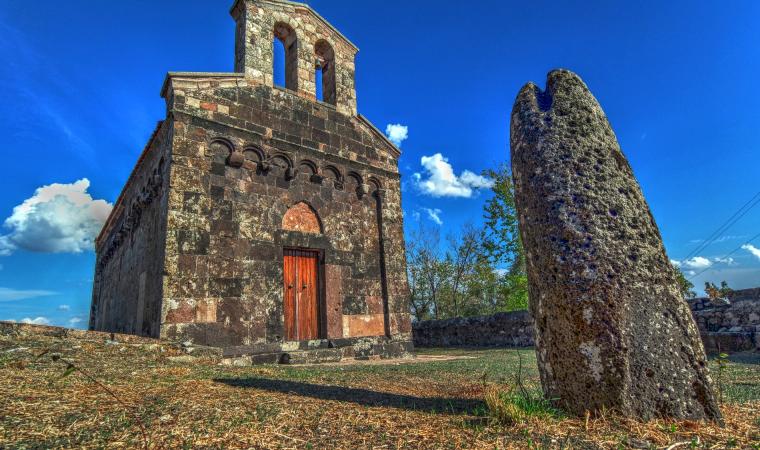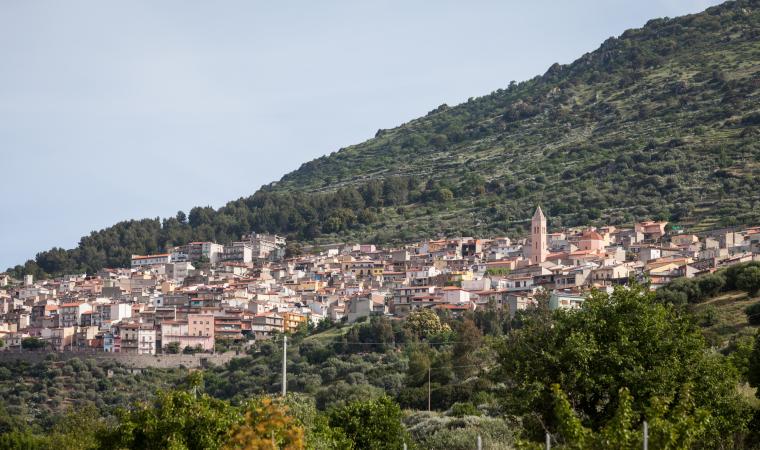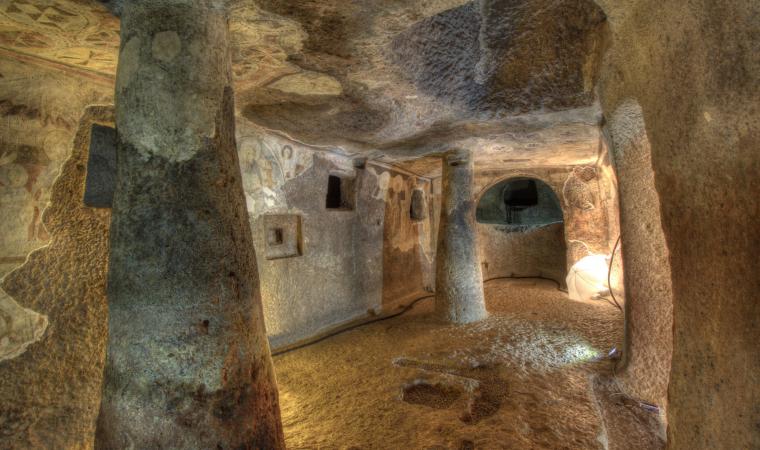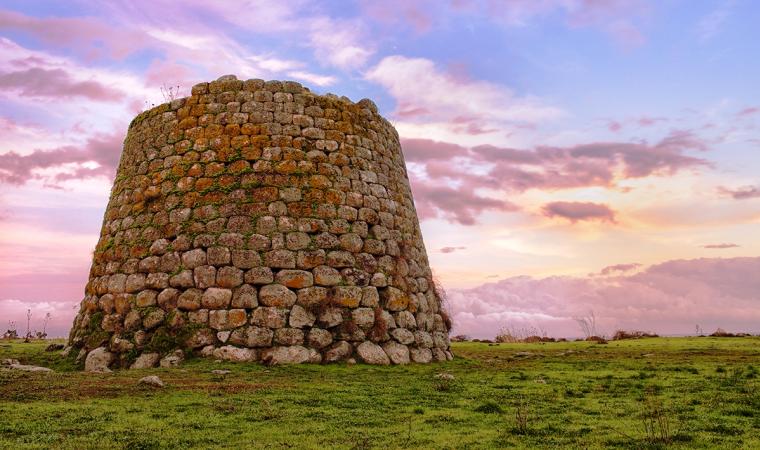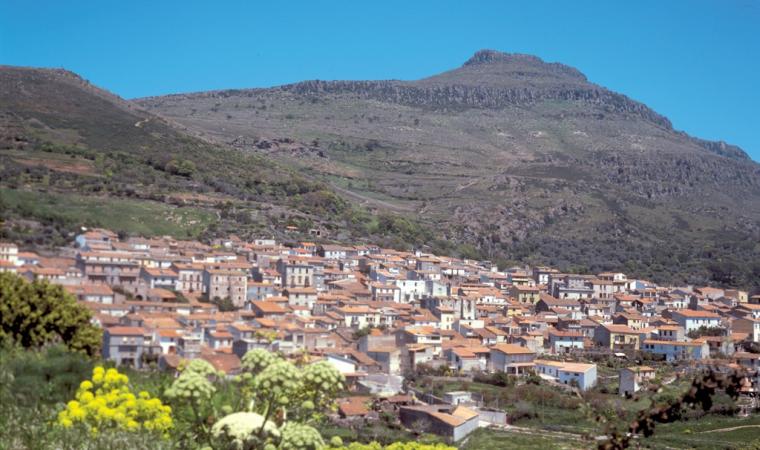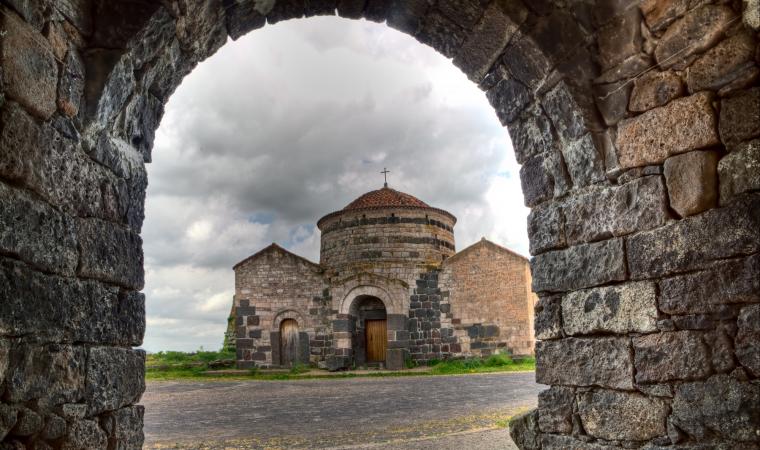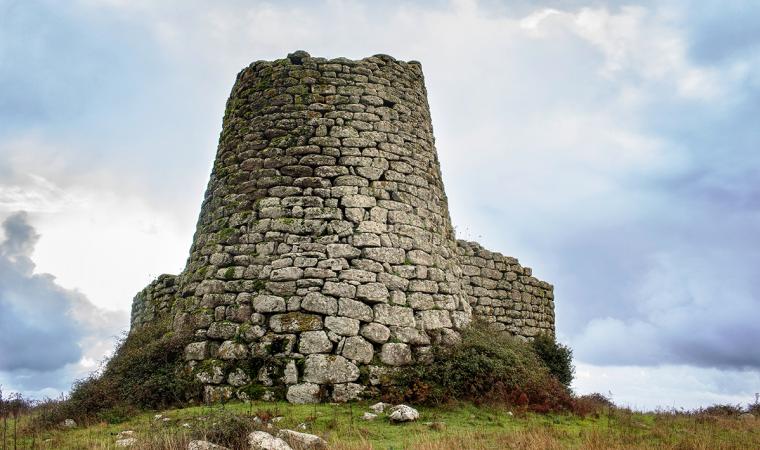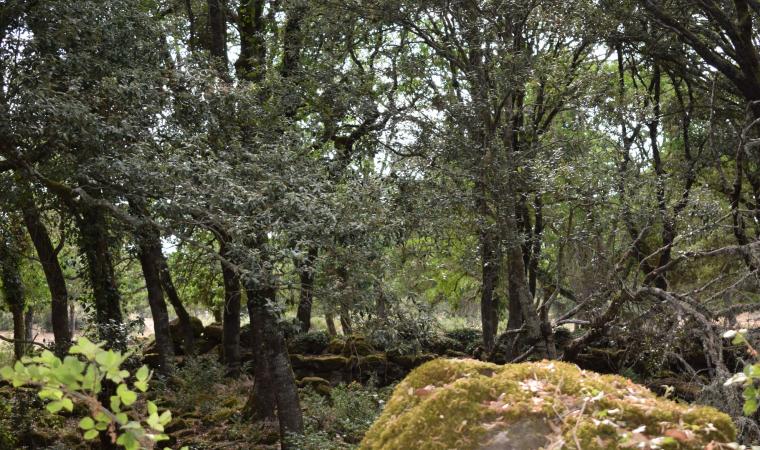The name, the ‘Valley of Willows’, seems to suggest that the area was once rich in willows, which is not the case today. Beyond the origins of the name, Badde Salighes is a pearl of the Sardinian forest heritage. This enchanting locality in the Marghine sub-region is reached by veering off the State Highway 131 at the 155 km mark to take the Provincial Road 17 in the direction of Bolotana. Along this road, you reach the destination 20 kilometres before the village. The history of the forest’s park and many of its arboreal species is linked to the Welsh engineer Benjamin Piercy (1827-1888), creator and executor of Sardinia’s railway network and agricultural entrepreneur who created the area between 1880 and 1888. Between the two plateaus of Campeda and Marghine is one of the largest and most modern farms on the island, on the Padrumannu estate.
Badde Salighes is a historic location of great fascination that recalls the echoes of the British engineer’s pioneering development - around the avant-garde company, arose a small and modern (at the time) village that was practically autonomous. The Villa Piercy was built in English style between 1879 and 1882, resembling both a medieval castle and an English cottage. There is the priceless botanical heritage of the park, the well-organised and well-kept houses of the village, once the homes of the company’s workers, the former barracks of the horseback Carabinieri with adjoining stables that have since become a bar-restaurant and receptive structure awaiting renovation, along with the former chicken coops in the garden of the villa that are now pretty houses.
The Welsh engineer’s mark can be seen in the magnificent manor house, especially in terms of the numerous plant species he planted. The botanical interest is exacerbated by splendid ‘relics’ of the warm and luxuriant flora of the tertiary sector. There are various wild plants, such as yews, hollies and maples, plus others imported by Piercy: firs, incense cedars and cedars. The park contains around one third of the botanical species present throughout Sardinia with some being extremely rare, being the only (or nearly the only) specimens. A visit to the park also offers a discovery of the xylotheque, which houses a collection of wood from Sardinian trees and shrubs, a herbarium, an insectarium and a thematic library.
The lush landscape continues beyond the confines of the park, dominated by hollies and yews, embellished by the Mularza Noa waterfall. To reach this site, there is a path that set out under the Nuraghe Ortakis and descends beneath the dense forest of centuries-old holm oaks and hollies. What is most surprising in this stretch of the trail are the varieties of greenery. The level of humidity is very high, seeing mosses and lichens interact with the most important endemisms such as the largest fern amongst those present in Europe. This easy track will lead you beneath the waterfall where the roar of water is decidedly forceful in times of rain.

